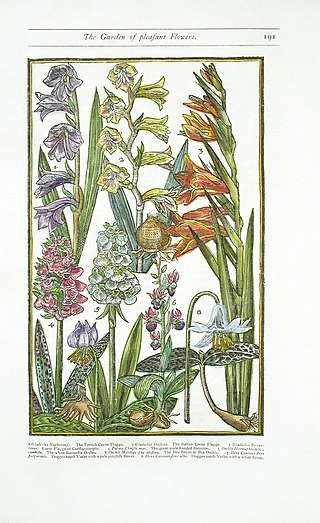Technology

- In Rome, Giovanni Branca publishes Le Machine volume nuovo, et di molto artificio da fare effetti maravigliosi tanto Spiritali quanto di Animale Operatione, arichito di bellissime figure.
| |||
|---|---|---|---|
| +... |
| 1629 in science |
|---|
| Fields |
| Technology |
| Social sciences |
| Paleontology |
| Extraterrestrial environment |
| Terrestrial environment |
| Other/related |
The year 1629 in science and technology involved some significant events.

The year 1787 in science and technology involved some significant events.
The year 1817 in science and technology involved some significant events, listed below.
The year 1862 in science and technology involved some significant events, listed below.
The year 1728 in science and technology involved some significant events.
The year 1706 in science and technology involved some significant events.
The year 1797 in science and technology involved some significant events.
The year 1858 in science and technology involved some significant events, listed below.
The year 1786 in science and technology involved some significant events.
The year 1730 in science and technology involved some significant events.
The year 1716 in science and technology involved some significant events.
The year 1707 in science and technology involved some significant events.
The year 1654 in science and technology involved some significant events.
The year 1632 in science and technology involved some significant events.
The year 1620 in science and technology involved some significant events.
The year 1655 in science and technology involved some significant events.
The year 1608 in science and technology involved some significant events.

John Parkinson was the last of the great English herbalists and one of the first of the great English botanists. He was apothecary to James I and a founding member of the Worshipful Society of Apothecaries in December 1617, and was later Royal Botanist to Charles I. He is known for two monumental works, Paradisi in Sole Paradisus Terrestris, which generally describes the proper cultivation of plants; and Theatrum Botanicum, the most complete and beautifully presented English treatise on plants of its time. One of the most eminent gardeners of his day, he kept a botanical garden at Long Acre in Covent Garden, today close to Trafalgar Square, and maintained close relations with other important English and Continental botanists, herbalists and plantsmen.
The year 1588 in science and technology, Armada year, included a number of events, some of which are listed here.

Christopher Switzera was a Swiss line engraver and woodcutter known for providing the illustrations for Matthias de l'Obel's Stirpium adversaria nova (1571), John Norden, John Speed's History of Great Britaine (1611) and John Parkinson's Paradisi in Sole Paradisus Terrestris (1629).